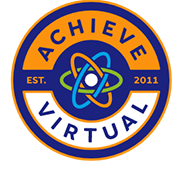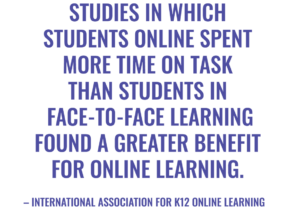If you’re among the thousands of students considering attending high school online, you may feel that you’re stepping into uncharted territory. Friends and relatives may be questioning how you’re going to pull it off — or even why you would choose an alternative school.
Interestingly enough, alternatives to traditional schools have been around for decades — with some of the first alternatives proposed more than 60 years ago. Take a look at some of the different types of learning that have emerged to transform how students learn in elementary school, high school and college.
1953 — When the University of House started offering college courses on TV in 1953, it was considered revolutionary. This distance learning platform was introduced through KUHT, the first public TV station in the United States. Nearly 40 percent of the channel’s broadcast was devoted to education programming every week. It seemed to appeal to nontraditional learners, with many students tuning in at night.
1956 — A physics professor at the University of California-Berkeley came into the classrooms of hundreds of public high school students via the PBS station WQED in Pittsburgh. In all, Harvey White produced 163 physics lessons. The televised lessons were so popular that White went on to teach more than 100,000 students across the nation the following school year.
1970 — While teaching children at home wasn’t an entirely new concept (some parents taught at home when other options weren’t available), educational theorist John Holt introduced a new case for homeschooling in the 1970s. Arguing that formal classrooms were too oppressive, Holt called for “unschooling” to liberate students from what he considered a stifling environment. Holt’s proposition was embraced by many families. According to statistics, about 1.77 million students from ages 5 to 17 were homeschooled in 2012 — up 61.8 percent from the 1,096,000 who were homeschooled in 2003.
1989 — With the advent of the personal computer and, of course, the Internet, online schools became a reality when the University of Phoenix introduced a fully online collegiate institution in 1989. Today, estimates reveal that one out of every four college students attends some type of online course.
1995 — Mindquest, based in Bloomington, Minn., opened as the first online public high school in the United States. It operated until 2003 when the school district decided to replace it with a regional distance learning program.
2006 — Educator Salman Khan opened the doors of an informal online education — free of charge to anyone — through the non-profit Khan Academy. The educational organization, which offers instruction via short YouTube video lectures, attracts millions of learners from around the world.
With more and more online education options emerging, students will continue to have an increasing number of options to complete their high school and college education. You’ll be among those leading the way.



